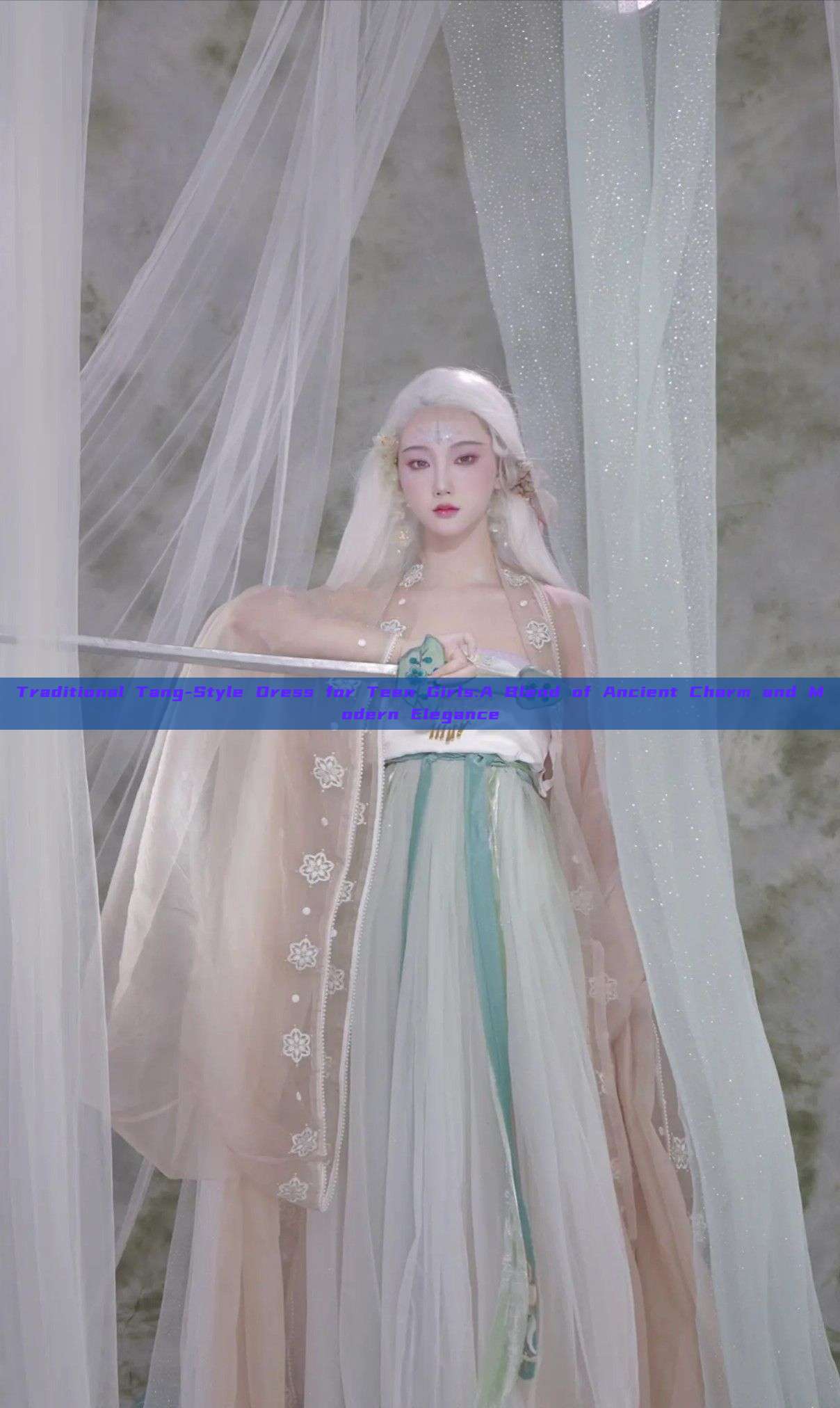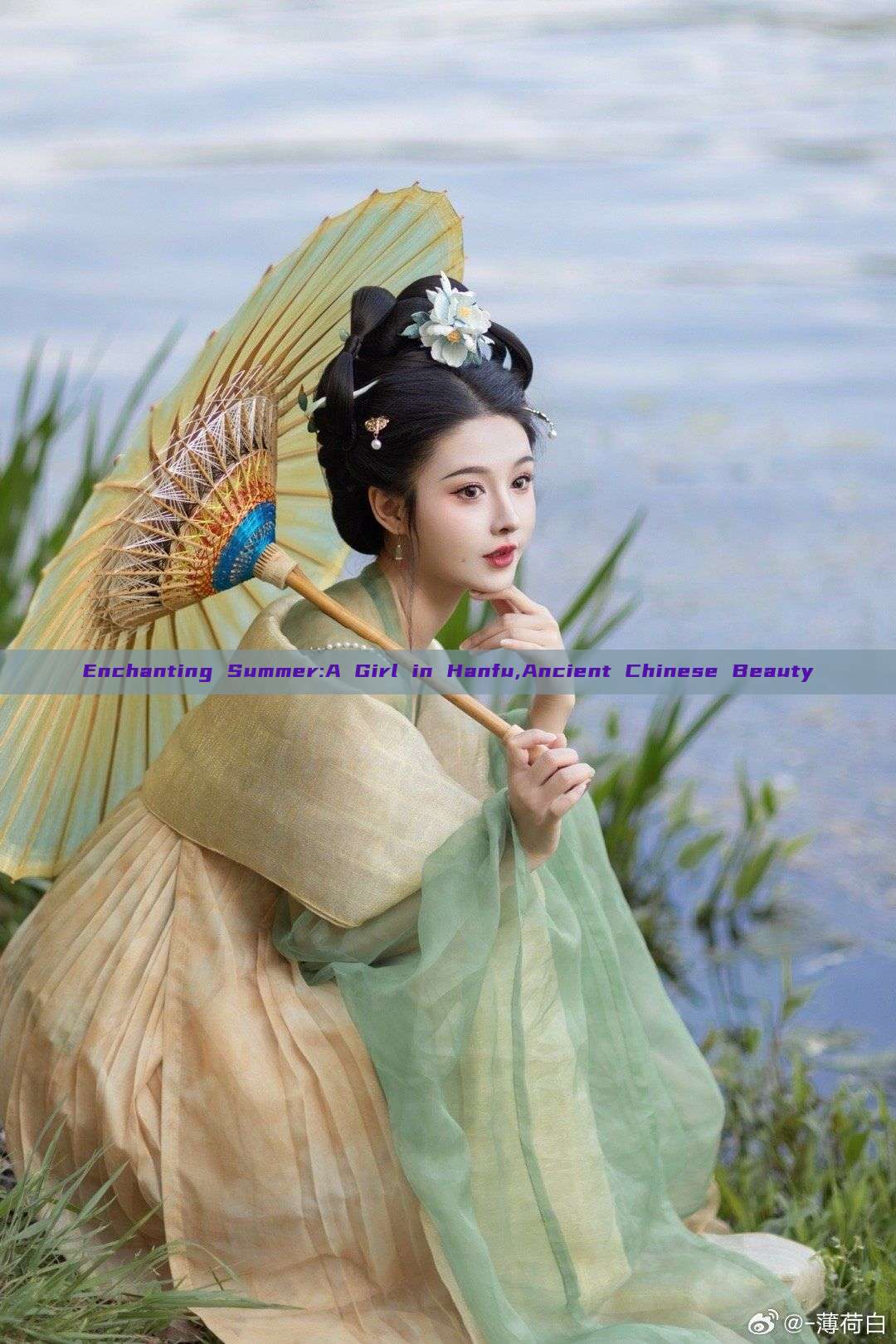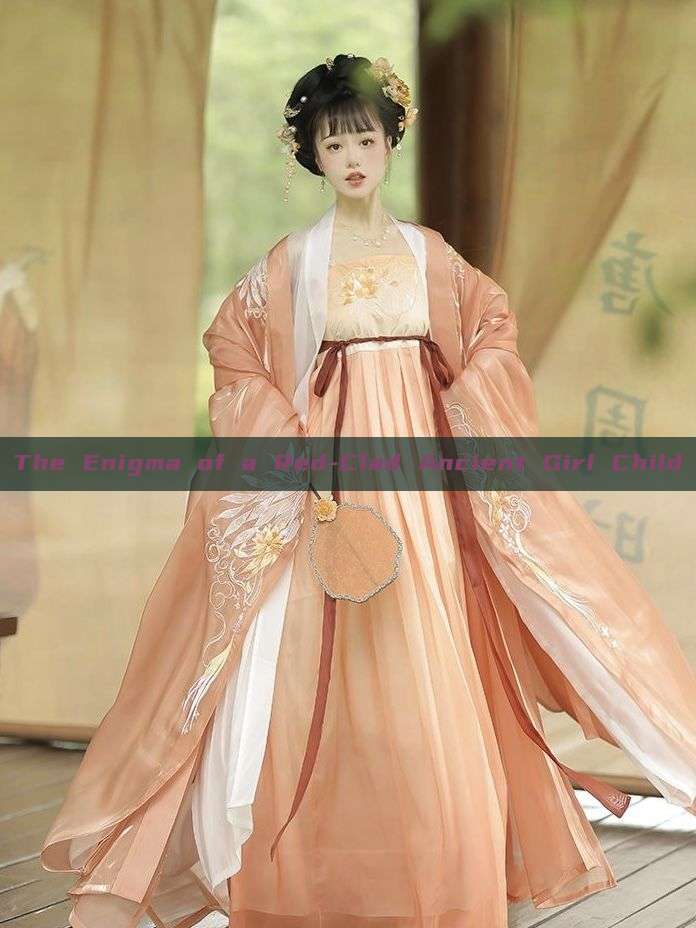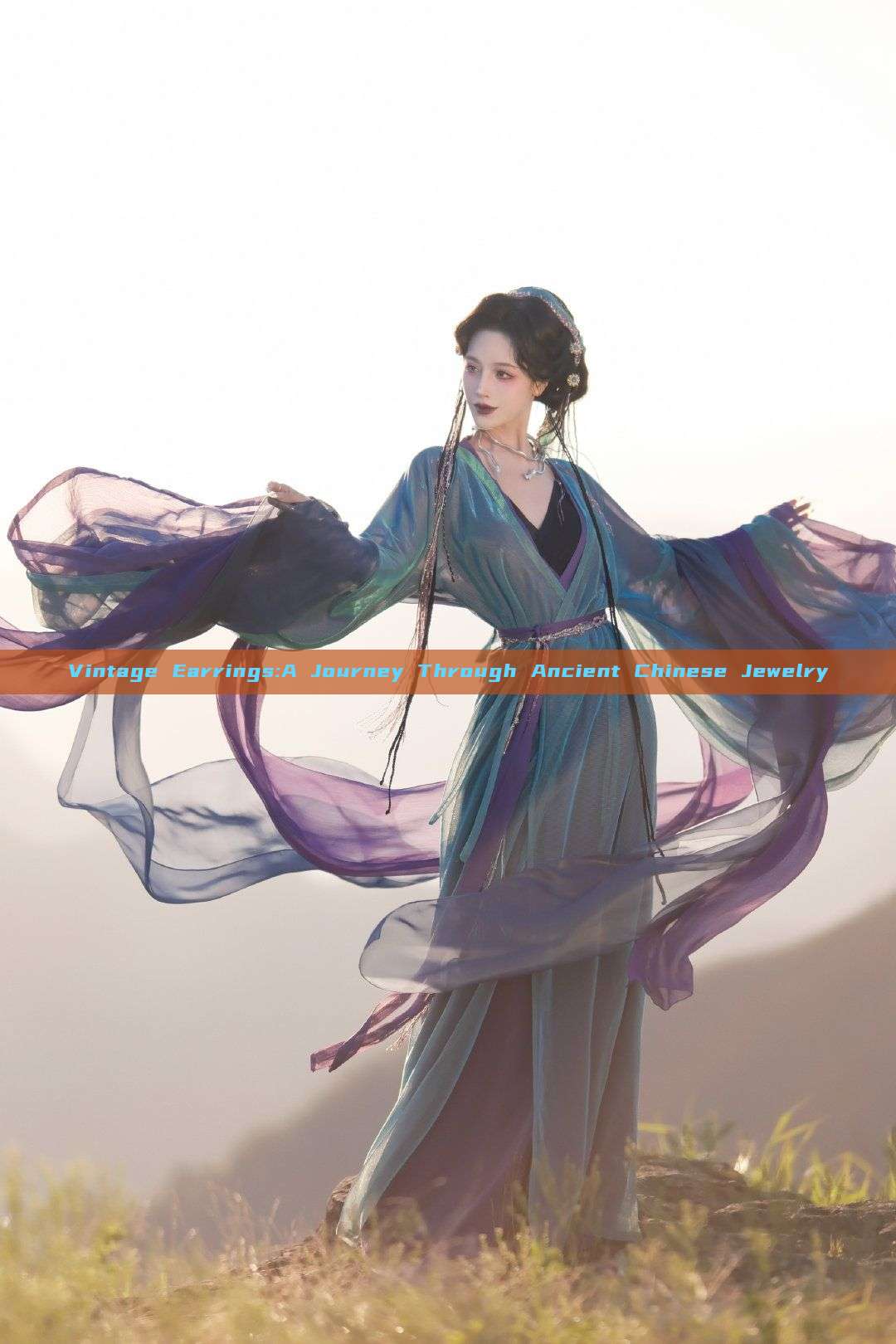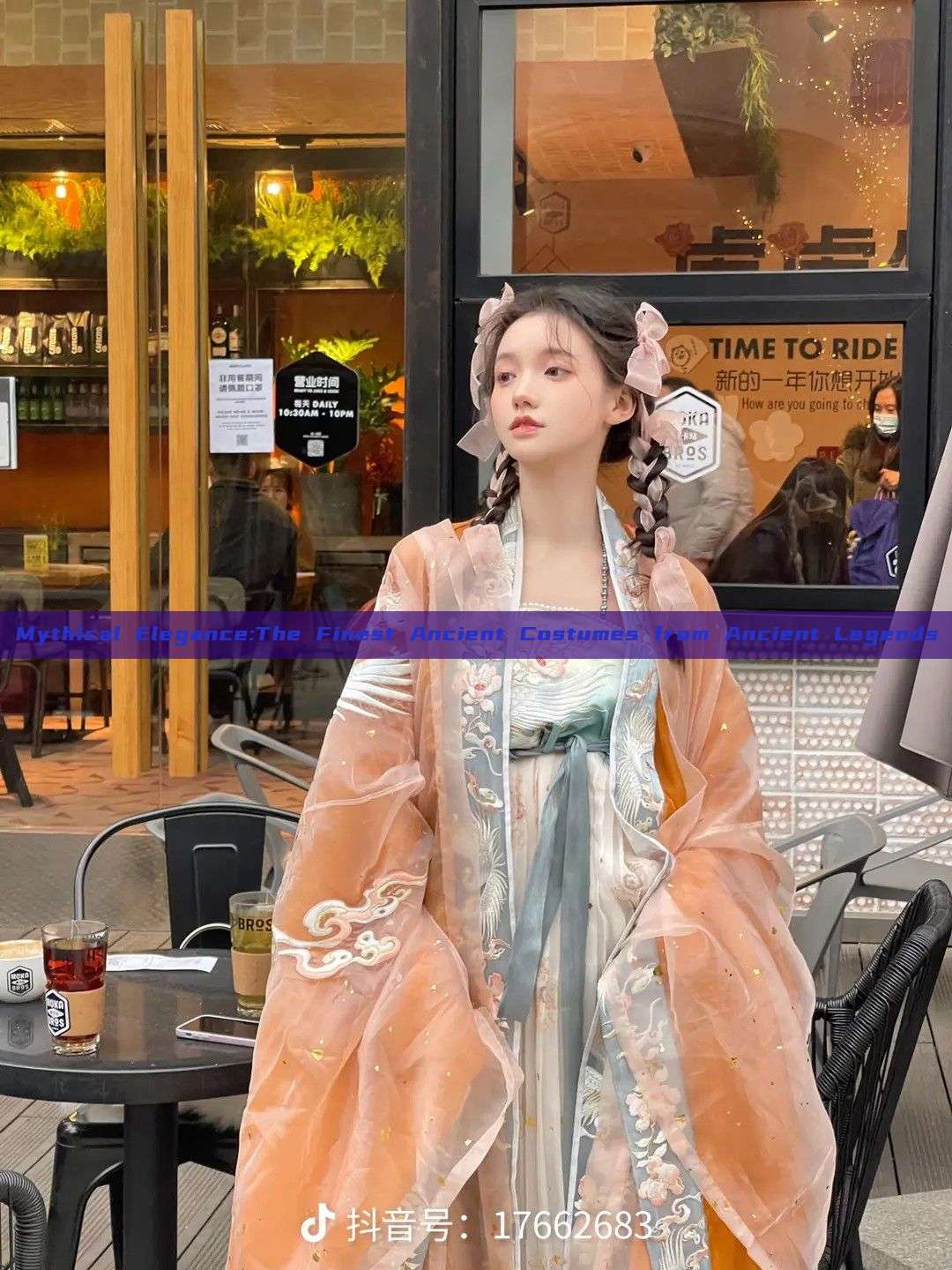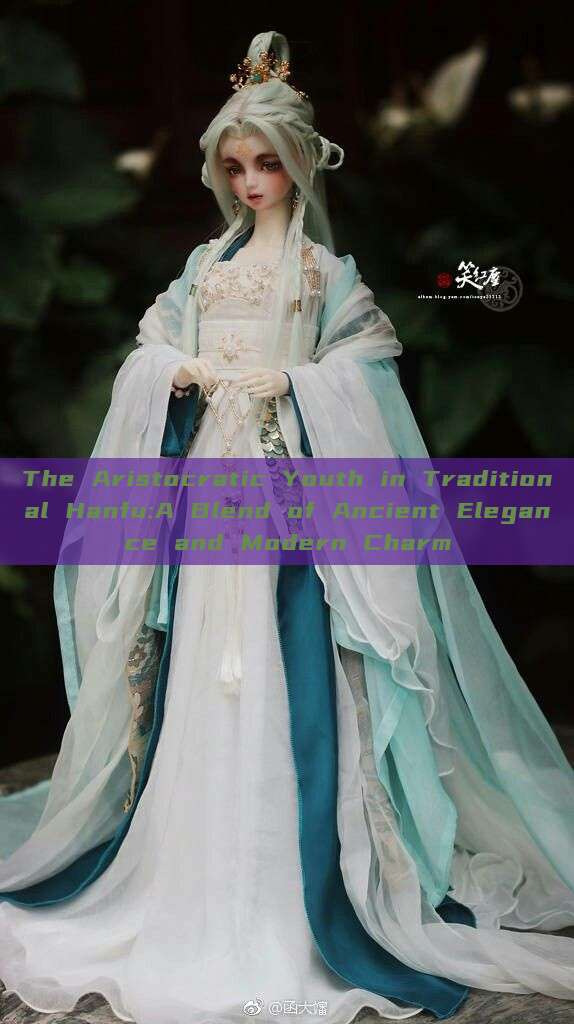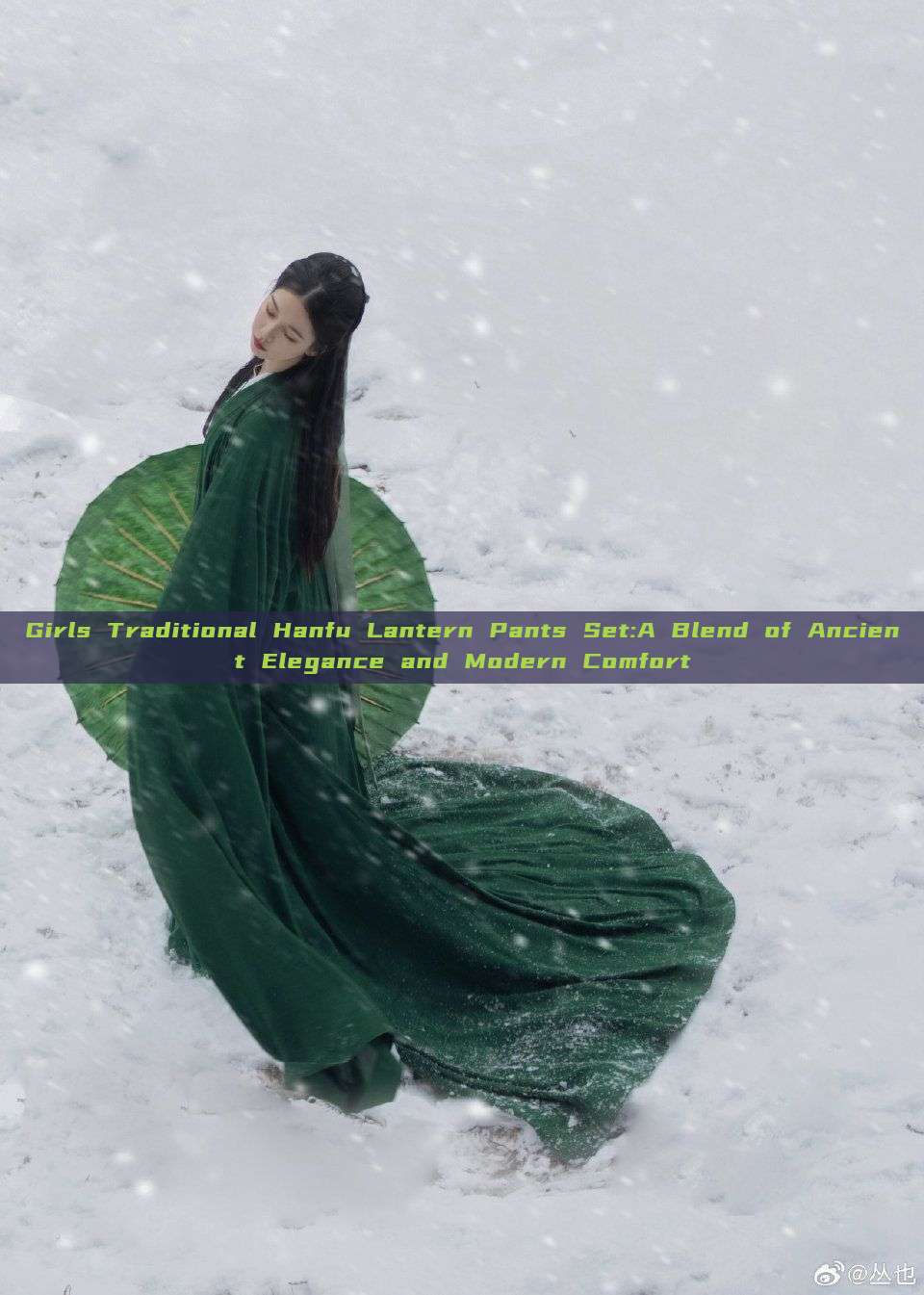In the contemporary world, a new trend is taking over, and it is centered around the revival of traditional Chinese attire. Hanfu and Ancient costumes are no longer confined to historical re-enactments or academic circles, but are experiencing a renaissance as a fashion statement that embodies cultural heritage and personal expression.
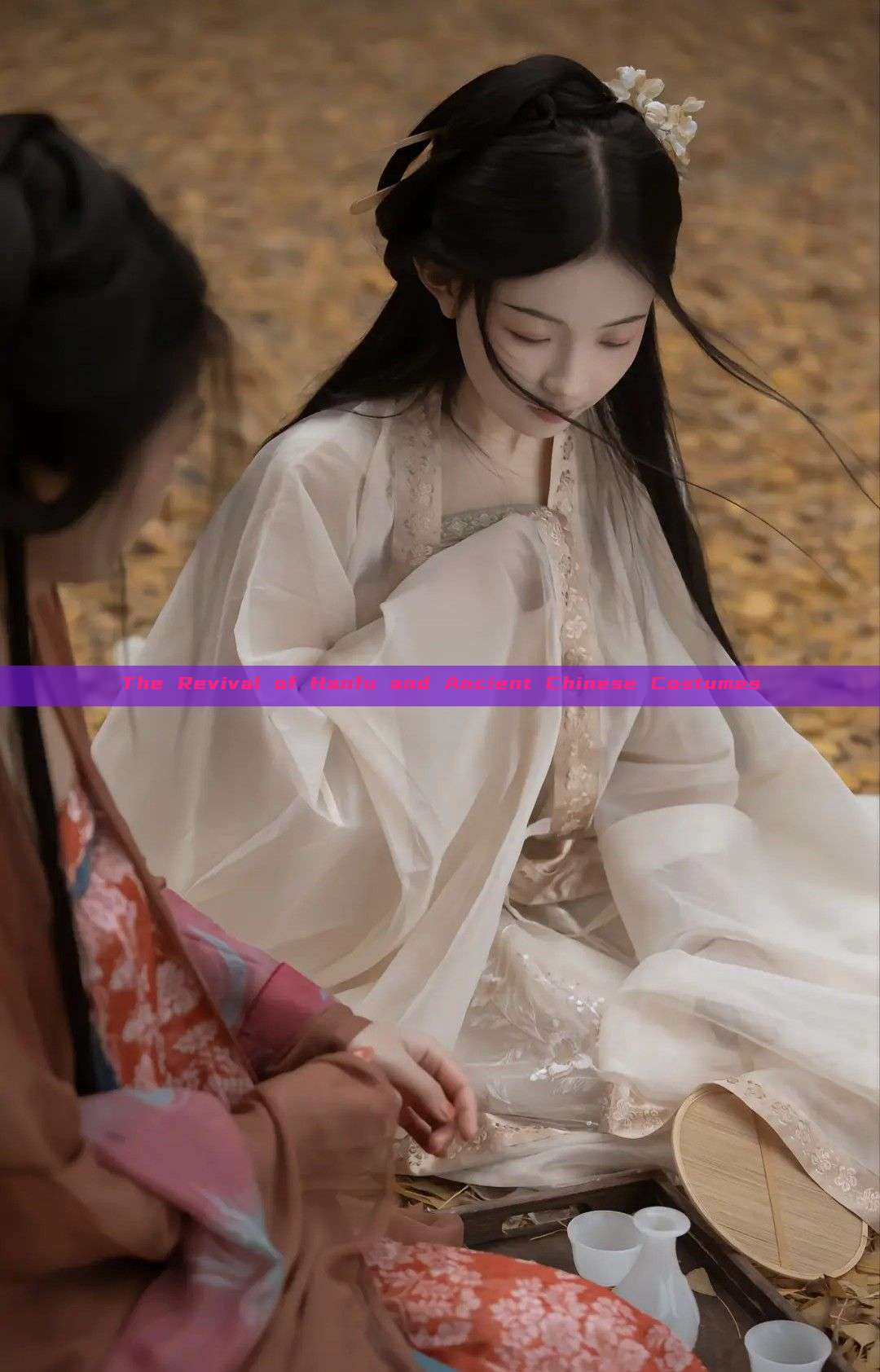
Hanfu, also known as Han clothing, is the traditional clothing worn by the Han Chinese people for thousands of years. It embodies the essence of Chinese culture and aesthetics, with its distinctive designs and patterns influenced by philosophy, art, and history. These costumes are not just about fashion but also about identity and cultural pride.
The revival of Hanfu has been fueled by several factors. Firstly, there is an increasing interest in Chinese culture and history worldwide. The allure of ancient civilizations and their rich heritage has led many to delve into Hanfu as a way to connect with Chinese culture. Secondly, there is a growing consciousness about sustainability and environmental conservation. Hanfu and other traditional costumes are often made using natural materials like silk and cotton, which are environmentally friendly alternatives to synthetic fabrics commonly used in modern clothing.
Moreover, the modern fashion industry has also played a pivotal role in the revival of Hanfu and ancient costumes. Fashion designers have reimagined traditional designs and patterns to create contemporary yet culturally significant clothing. These modern versions are not only comfortable to wear but also reflect the wearer’s personality and cultural heritage. The fusion of traditional craftsmanship with modern technology has resulted in innovative designs that are both traditional and contemporary, attracting a younger demographic to the world of Hanfu.
The significance of Hanfu extends beyond fashion. It serves as a medium for cultural expression and identity. Many people wear Hanfu as a way to connect with their ancestors and cultural roots. It provides a sense of belonging and pride in one’s identity, especially for those who have a strong connection to Chinese culture or heritage. Furthermore, the intricate designs and patterns of Hanfu often symbolize specific values or concepts from Chinese culture like harmony, balance, and unity.
However, the revival of Hanfu and ancient costumes is not without challenges. One major concern is the commercialization of the trend. As the popularity of Hanfu increases, some businesses capitalize on it without respecting its cultural significance or historical context. This results in poor quality replicas or misrepresentation of traditional designs, which can damage the reputation of Hanfu and its associated culture.
Moreover, while the modernization of Hanfu has opened up new avenues for its popularity, it also poses a challenge to maintain its authenticity. The fusion of traditional designs with modern elements can sometimes lead to a dilution of its original cultural significance. It is crucial to strike a balance between staying true to the original designs and making them compatible with modern lifestyles and tastes.
In conclusion, the revival of Hanfu and ancient costumes is not just a fashion trend but a cultural phenomenon that represents a connection to history and identity. It embodies the essence of Chinese culture and aesthetics, which are thousands of years old yet still resonate with people worldwide today. However, it is crucial to approach this revival with respect for its cultural significance and historical context, ensuring that the essence of Hanfu and other ancient costumes is not diluted or misrepresented in the process.
As we move forward in time, it will be interesting to see how Hanfu and other ancient costumes continue to evolve and adapt to changing lifestyles and tastes. Will they remain a niche trend or become a mainstream phenomenon? How will designers strike a balance between staying true to their cultural roots and incorporating modern elements? These questions remain to be answered as the world continues to embrace this fascinating aspect of Chinese culture.

